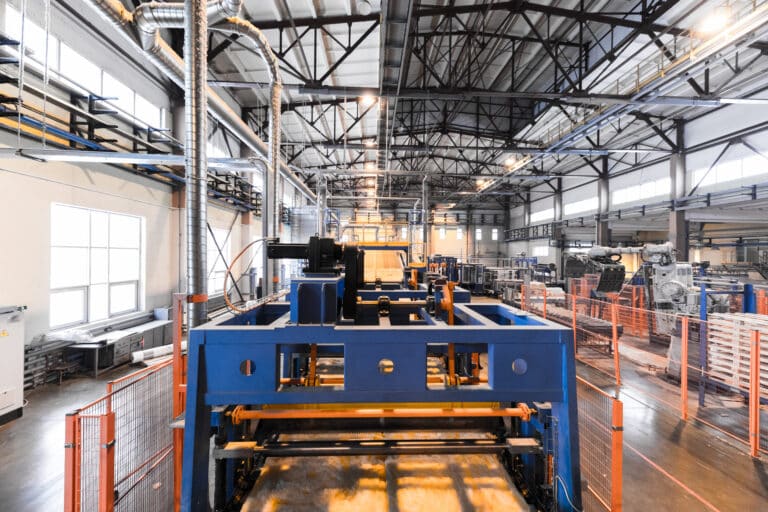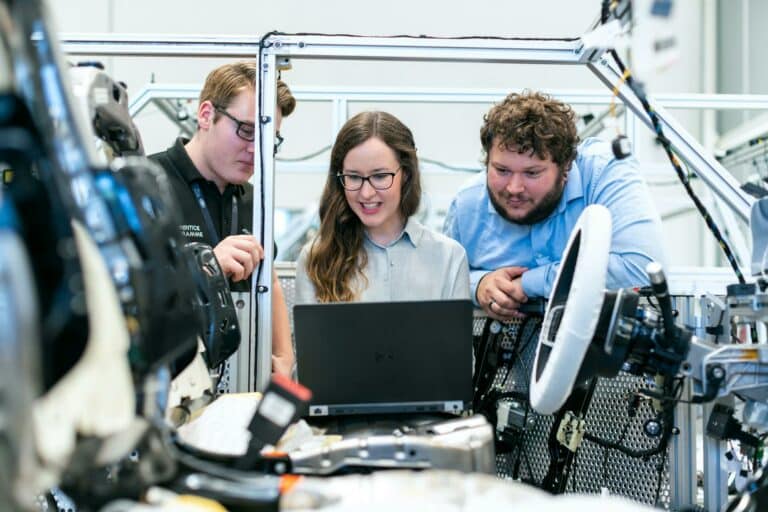The ground-breaking metal manufacturing technology that combines advanced, digital, intelligent, and green manufacturing techniques, which is also known as metal additive manufacturing, is so widely utilized nowadays that it not only alters how products are made but also how companies will produce things and live in the future.
However, before we get down to the trends that will shape this manufacturing process in the future, what is this metal-additive manufacturing precisely, and how does it work?
What Is Metal-Additive Manufacturing?
In brief, metal additive manufacturing or metal 3D printing is a sort of additive manufacturing method that utilizes a heat source—such as an electron beam or a laser—to heat the metal material in wire form or powder so that it eventually consolidates to form an end object. This makes metal-additive manufacturing rather different from other metal fabrication techniques such as sheet metal fabrication for example, which includes the cutting, deformation, and assembly to turn sheet metal material into the final object or functional parts.
Put differently, the metal additive manufacturing process provides engineers and designers unparalleled design freedom and the ability to produce parts from a variety of metal-based raw materials and comes with numerous benefits. Nowadays, this manufacturing technology is a very important part of the global manufacturing industry growth as it helps manufacturers improve their efficiency, lower emissions, reduce waste, and increase the speed to market lighter yet stronger parts.
How Does It Work?
The metal-additive manufacturing process currently relies on a digital data file that is later transmitted to a machine that afterward produces a final 3D object. With additive manufacturing, the 3D printer builds the object layer by layer and not the other way around.
At first, the raw metal material in powder form gets sprayed in a thin layer where the part is to be built, and then is treated so that it forms its final, solid shape. Afterward, many subsequent layers are manufactured the same way until the entire object is finally completed.
Now that you know that metal-additive manufacturing technology has experienced the fastest growth in all additive manufacturing technologies and it enjoys a broad range of applications, let’s take a look at the useful aspects the metal additive manufacturing technology has found today and its potential.
The Potential For Designing Metal Components With Topology Optimization
The goal of traditional product design is to create the shape of the product following the concept of material reduction manufacturing. However, the development of future products should be guided by additive design and manufacturing, innovative design structure, and the pursuit of high-performance and multi-functional components. The perfect optimal design scheme of metal components can be obtained through creative design by optimizing design factors such as size optimization, form optimization, and topology optimization. All of this can be done in a lot of divergent ways thanks to metal-additive manufacturing technologies.
Topology optimization is the strategy that is most effective for realizing lightweight structure design when using additive manufacturing with metal. When compared to conventional constructions, those made with bionic structures and lattice structures are capable of producing more lightweight components. The one-of-a-kind support design technology allows the printing components to be separated from the substrate without the need for wire cutting. As a result, the pick-up cycle is significantly shortened, and the final design comes second to none.
Advancements In Metal Printing Equipment
The production capacity of equipment used in metal additive manufacturing is expanding to include big, tiny, and high-speed/ultra-high-speed printing components. EOS launched a 4-laser, 400mm 3D printing equipment that resulted in a fourfold increase in the amount of work that could be accomplished.
For example, printing on a small scale, with the end goal of producing metal prints and creating micro-nano structures is now easier and more accessible than ever. Such metal additive manufacturing equipment that is multi-functional, intelligent, and mobile is one of the most significant trending areas of development.
This machinery makes use of numerous processing plants and various forms of high-energy control technology. Some of these processes include the integration of forging, the integration of increasing and reducing materials, nano-metal manufacturing technology, and other similar processes.
Technologies For Printing And The Post-Processing Of Metal Components
The performance of the components is heavily dependent on the manufacturing process parameters of the metal additives. These factors include but are not limited to: powder thickness, thermal power, scanning speed and scanning mode, actual temperature, and so on.
When the right process parameters are used, it is possible to create the optimum microstructure, which can then be used to increase the mechanical qualities, accuracy, and forming efficiency of the products.
The mechanical qualities of the printed metal need to be enhanced, and the surface of the metal itself has a relatively rough texture. By subjecting the material to a heat treatment and an aging treatment, such as annealing and hot isostatic pressing, the porosity can be removed, and the mechanical characteristics can be enhanced.
In the post-production treatment, various methods, such as polishing technologies (chemical polishing, electrolytic polishing, laser polishing, etc.), and abrasive processing technologies are also experiencing innovative development that will only enhance in the years to come.
Final Thoughts
The future of metal additive manufacturing looks bright, but there are still obstacles to overcome. Metal additive manufacturing has already shown itself to be a viable technology in a variety of industries, and it seems poised to become an invaluable tool for businesses seeking to revolutionize their operations.












